PrestigePanda
TPF Noob!
- Joined
- Feb 18, 2013
- Messages
- 16
- Reaction score
- 0
- Location
- Elk Grove,CA
- Can others edit my Photos
- Photos NOT OK to edit
Hey, guys as you know today and tomorrow there going to be a super moon so i'll be going out of the city to take some pictures and mean while i'm there I wanna take some pictures of the milky way. So here are two lenses 100-400mm f/4.5-5.6 L IS or[FONT=Helvetica Neue, Arial, Helvetica, sans-serif][/FONT]16-35mm f/2.8 L II i'm going to rent one of them.


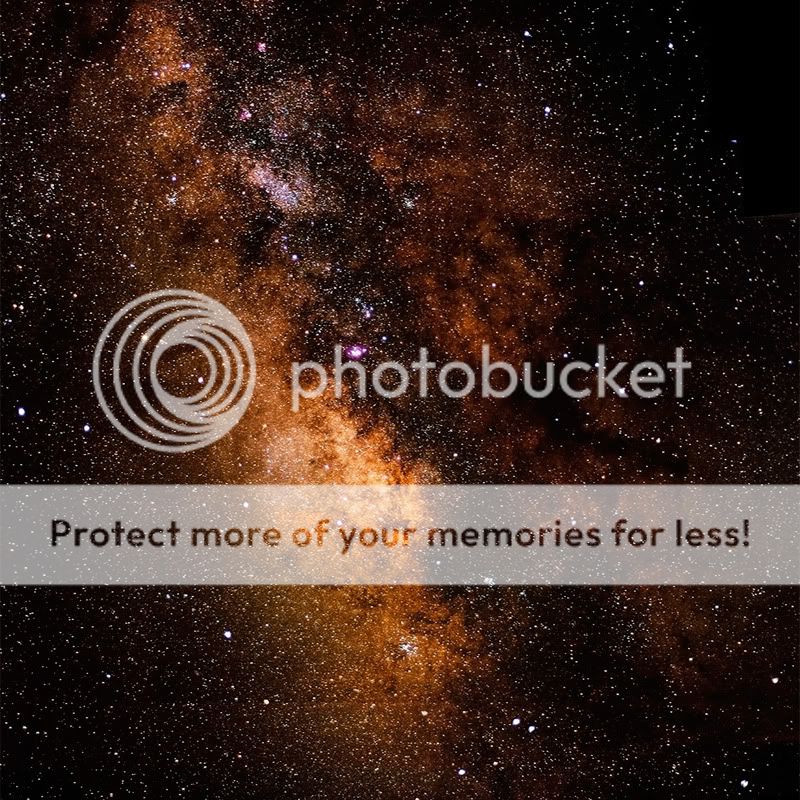
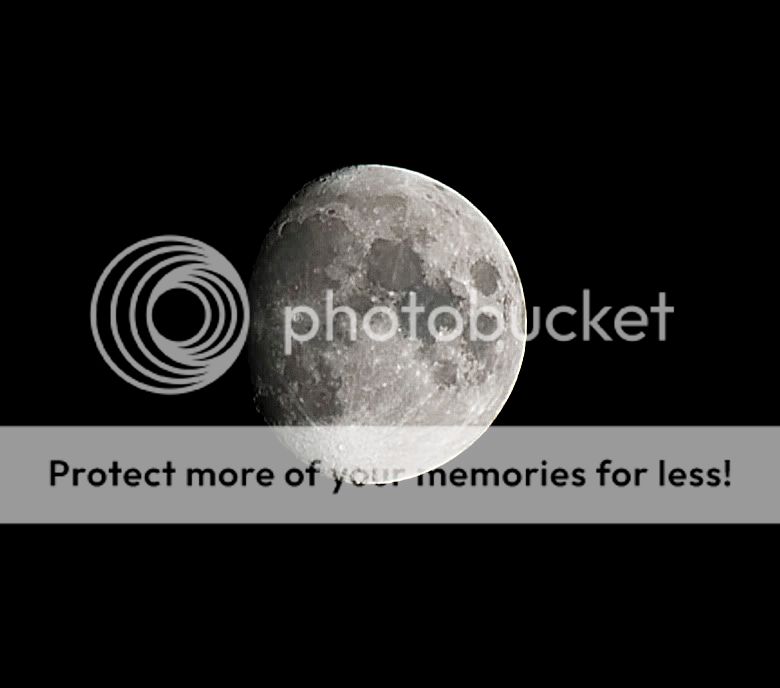
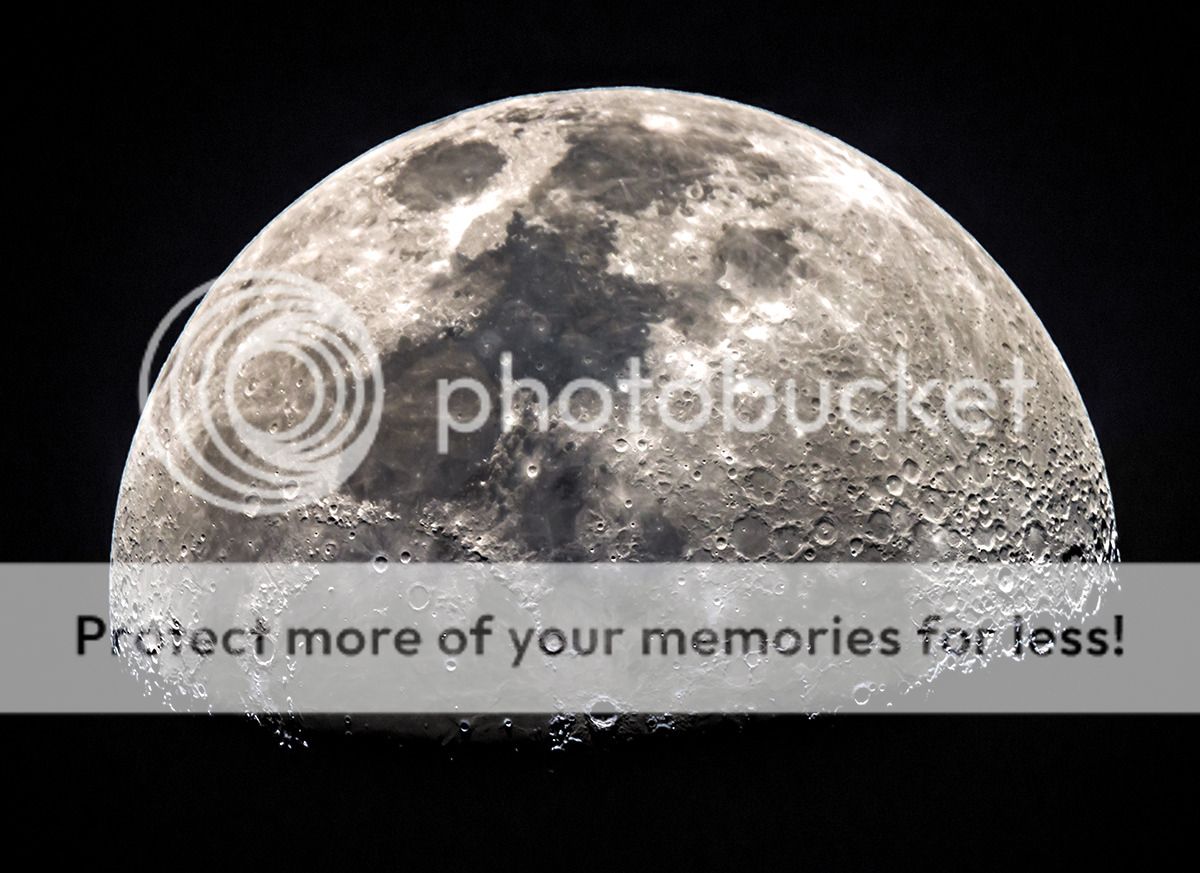


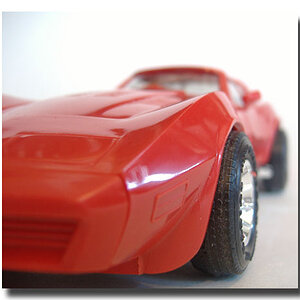
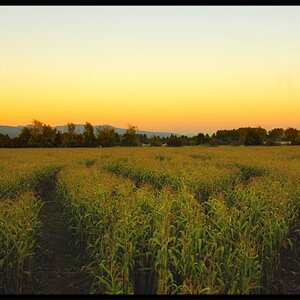
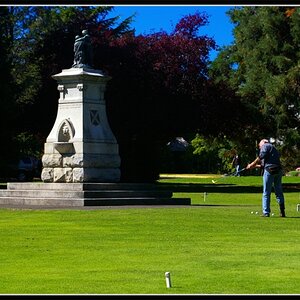
![[No title]](/data/xfmg/thumbnail/37/37622-530e264cdd98e6648079b89d7d3cd356.jpg?1619738153)


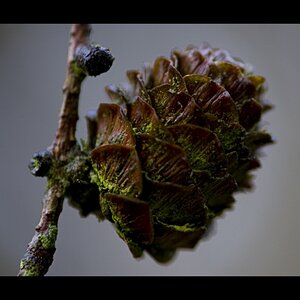
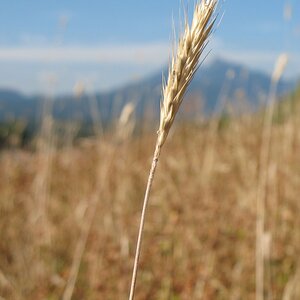
![[No title]](/data/xfmg/thumbnail/42/42277-63576745f84be96df79b94ca0f49e00b.jpg?1619740085)
